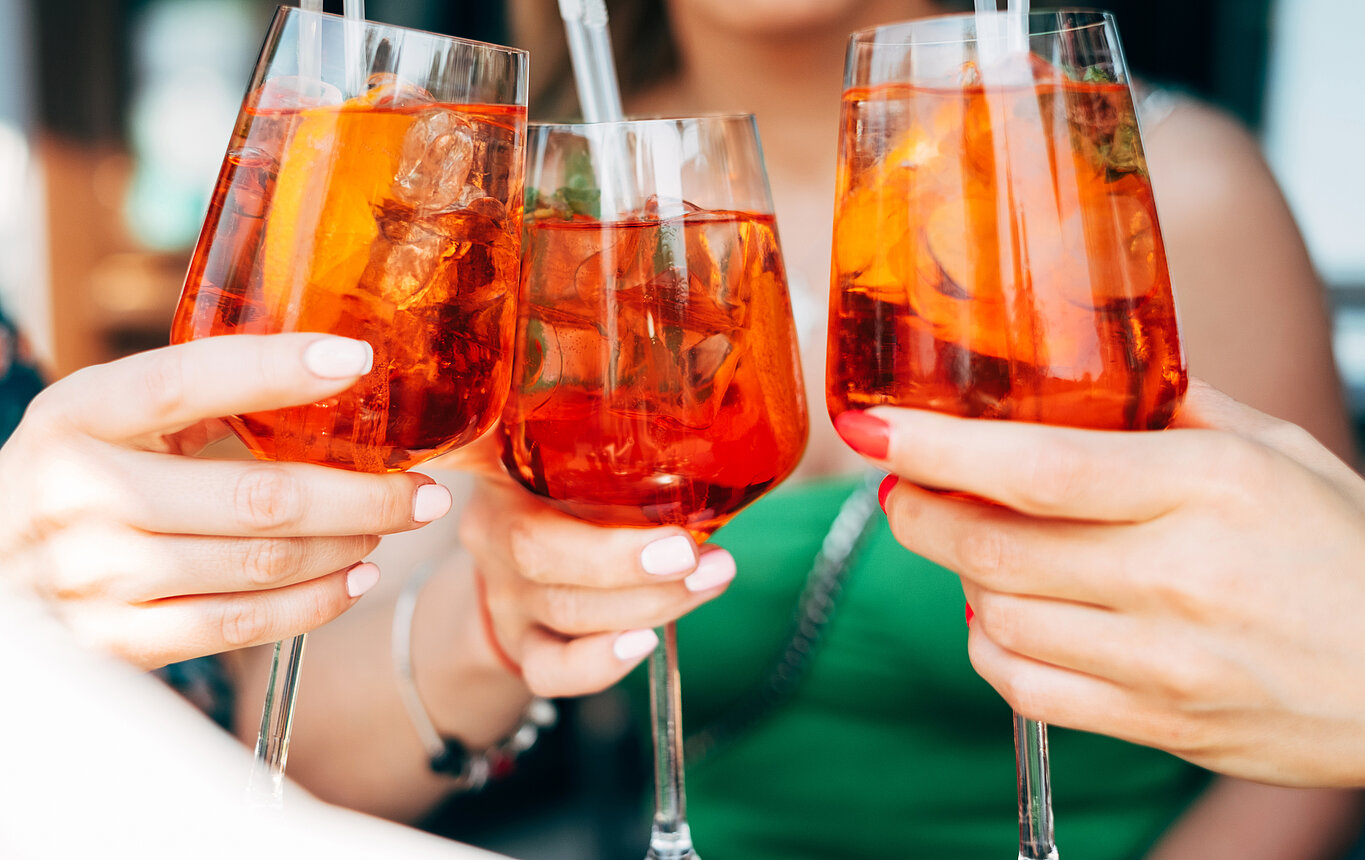In recent years, the Aperol Spritz has emerged as one of the most popular drinks in social settings worldwide, becoming more than just a cocktail—it’s a cultural symbol. But what exactly has driven its rapid rise in popularity, and why has it resonated so deeply with certain generations?
Why the Aperol Spritz?
The Aperol Spritz, known for its vibrant orange hue, combines Aperol, Prosecco, and a splash of soda, creating a perfect balance of sweet, bitter, and bubbly. Its low alcohol content makes it a go-to choice for those seeking a refreshing drink without the heaviness of traditional cocktails. Millennials and Gen Z, in particular, have gravitated toward this drink as it aligns with the trend of mindful drinking, where the focus is on social engagement and lighter consumption.
The drink's aesthetic appeal also plays a significant role. In an age where Instagrammable moments drive consumer choices, the Aperol Spritz—with its bright color and chic presentation—has become a social media staple. Bars and restaurants have capitalized on this trend, making it a ubiquitous feature on menus.
Stay Informed, Stay Inspired - Subscribe to our Newsletter Here!
Expanding Beyond Aperol: The Spritz Revolution
While the Aperol Spritz remains the classic version, the spritz category has expanded into various exciting directions. Drinks like elderflower spritz, grapefruit spritz, and Prosecco-based spritzes have gained traction, offering new flavors that appeal to a broader audience. These variations provide consumers with an opportunity to explore different tastes while sticking to the familiar, approachable format of the spritz.
The rise of these alternatives reflects a shift in consumer preferences. Today’s drinkers are increasingly seeking beverages that offer complexity without being too intense. Low-ABV drinks like spritzes fit this mold perfectly, allowing for extended socializing without the quick onset of intoxication.
Generational Appeal
Spritz drinks, particularly the Aperol Spritz, have captured the attention of millennials and Gen Z. These generations prioritize experiences, social connections, and health-conscious choices, all of which align with the ethos of the spritz. The low-alcohol nature of the drink allows for casual enjoyment over longer periods, which suits the growing trend of social drinking without overindulgence.
Beyond just the taste, the social aspect of sharing a spritz—whether in a sun-soaked café or at a trendy rooftop bar—has cemented its place in modern drinking culture. For younger generations, the spritz offers a lighter, more refreshing alternative to heavier, spirit-forward cocktails while delivering a visually appealing and culturally relevant experience.
Related: Spotlight on Tonic: Trends in the U.S. and Mexico City, Including Coffee Tonic
The Future of Spritz Culture
As consumers continue to prioritize wellness and social experiences, the spritz is likely to remain a staple on drink menus. Its versatility, light profile, and evolving flavors ensure that it will continue to appeal to a wide range of consumers, from those looking for an afternoon refreshment to those seeking a stylish, low-alcohol option for evening gatherings.
The Aperol Spritz may have led the charge, but the broader spritz trend shows no signs of slowing down, embodying the perfect blend of flavor, aesthetic, and social connection for today’s drinkers.
To learn more about our initiatives, current trends and events, get in touch with us here






